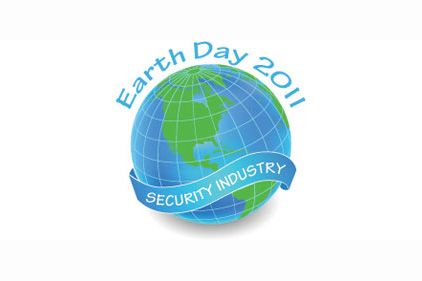Corporate America has entered an age when corporate social responsibility is more than just an altruistic pursuit. Companies of all sizes, in all industries, are feeling pressure to save money and simultaneously meet the growing demand for environmental responsibility and accountability.
Controlling document printing is one key initiative that allows organizations to focus on being “green” while achieving cost savings. A secure document print release system, coupled with contactless smart card and integrated reader, creates user convenience, while promoting responsible use of natural resources by reducing paper and electricity consumption.
A recent study established the following information:
The average employee prints 10,000 pages a year, of which 17 percent are considered waste. Print management saves 1,700 pages a year per employee, equating to a cost savings between $102 to $221 a year per employee.
Those same 10,000 printed pages consumed 51.5 kWh of electricity in the print process. Almost 9 kWh hours of electricity were spent on printing the 1,700 pages that the user didn’t really want.
Manufacturing those 10,000 pieces of paper produced 284.5 pounds of greenhouse gases, which is the equivalent of just more than one week of car exhaust.
HID Global, Irvine, Calif., collaborated with industry leaders to introduce print management tools that support “green” initiatives resulting in cost savings and compliance with privacy laws. Controlled document printing is achieved by enabling networked printers or MFP devices with third party software and an HID contactless card reader. Print jobs are released only when an authorized user presents their HID contactless card to the reader on the device.
In addition, a secure print management solution: eliminates wasted paper by deleting print jobs that are not released in pre-set time frames; reduces the use of toner and the wear and tear on the device by printing fewer documents; saves electricity by allowing the device to be in a low power mode until a card presentation takes place; enhances accountability by giving administrators the ability to track MFP usage by user or department; offers users convenience by using the same contactless card that is used to enter the building.
By “going green” with HID, organizations are reducing print “waste,” minimizing their carbon footprint, and meeting their corporate social responsibility.

Recent Comments
Wonderful Content! The way you describe the things...
amazing and very impressive dear check...
SOC Teams Protect Multi-Building Campuses
Smart Home Revolution
Benefits of Implementing 802.3bt